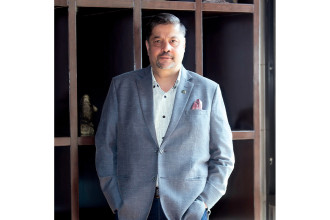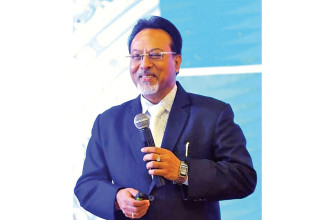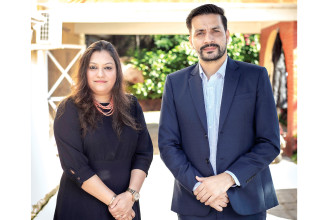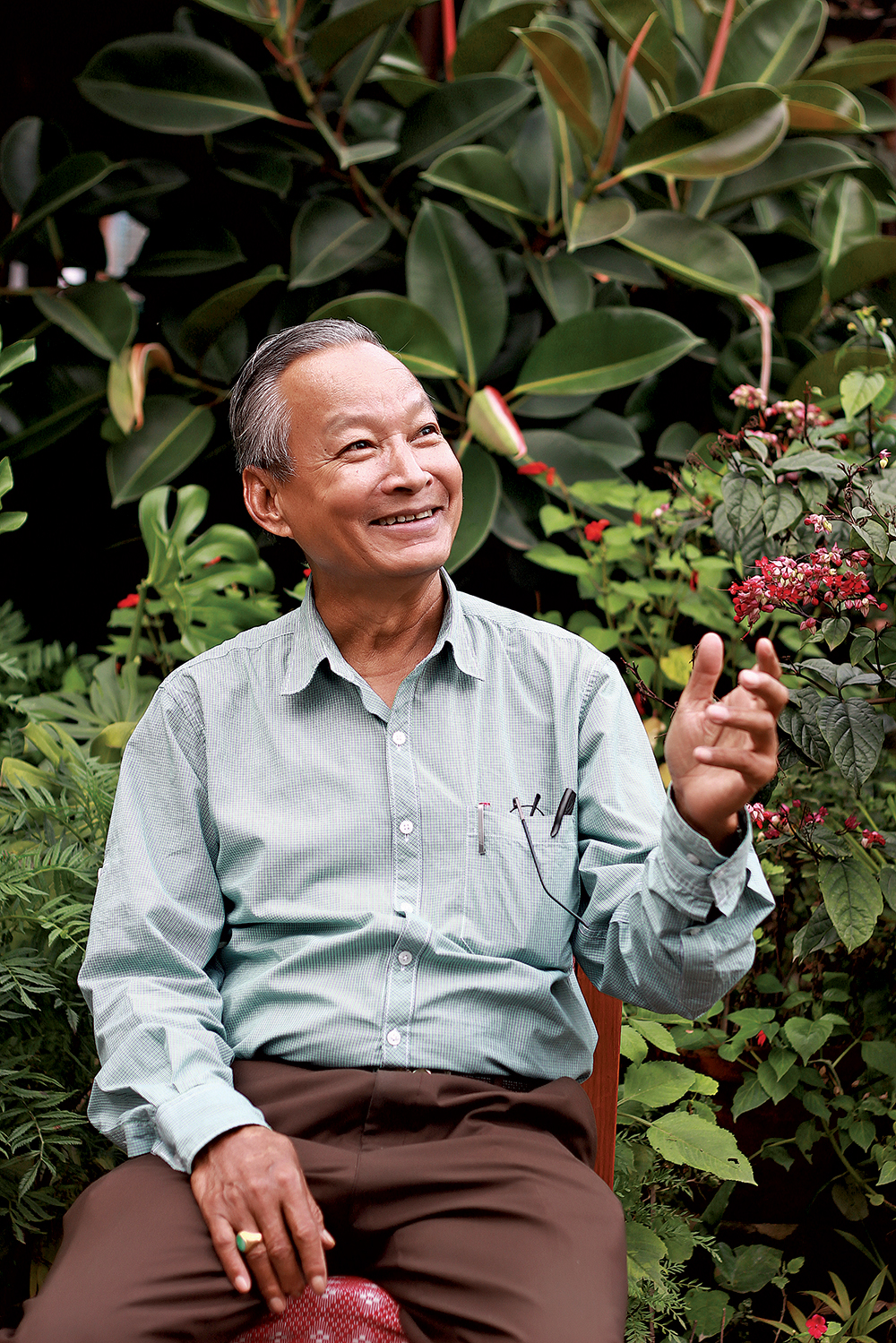
With an aim to meet the economic necessities of the rural population and to cater to the needs of those living below the poverty line, the Government of Nepal and the United Nations Development Programme (UNDP) entered collaboration and established Micro Enterprises Development Programme (MEDEP) in July 1998. The five year long pilot project incepted from July 1998 covering two districts of each of the five development regions. The programme’s impressive achievement finally led the government in its Interim Plan to allocate 3 million US dollars to 45 districts and to gradually replicate the MEDEP model in the name of Micro Enterprise Development for Poverty Alleviation (MEDPA) across Nepal’s 75 districts. In the fourth phase lasting from August, 2013 to July 2018, the government’s MEDPA aims to gradually take over MEDEP’s role of creating and sustaining entrepreneurs, and MEDEP will focus more towards capacity building of government line agencies and private organisations for the sustainable delivery of micro enterprise development services.
The programme, with an aim to help low-income families become entrepreneurs, promotes the development of their enterprises and then creates a strong partnership between consumers of micro-enterprise products and services and local service delivery institutions. It has been acclaimed as one of the most successful donor-funded projects in Nepal by the government, especially the Ministry of Industry that has been working closely with UNDP for the successful execution of the prgramme since its inception.
Dr Laxman Pun, Chief Technical Advisor has been overseeing the execution and progress of the project since it’s initial days. Ashok Thapa from Business 360° talked to Pun to know more about the project, its achievements and how the project has been helping in changing the socio-economic landscape of the poor and rural communities. Excerpts:
How has the project evolved since its initiation? What have been the major achievements?
The project has voyaged very smoothly, and the execution and feedback as of today have received overwhelming response. Since the inception we have already produced 76,000 small entrepreneurs, among which many have already graduated to medium and big level entrepreneurs. For example, there was an aspiring entrepreneur in Nawalparasi who used to produce khoa (a milk product) by buying 20 liters of milk a day. Today the same person has upgraded and owns Rs 15 million worth in property alone. He buys 4,000 liters of milk every day now.
The project that began in 1998 saw huge success. The second phase programme was launched in 2009 and lasted till 2013. It was at this time that the project began showing positive impacts on a national level. After the Maoists entered mainstream politics, the government drafted a three year interim plan which included this project for the first time in the budget. Many donors joined the league in funding the project and from August 2013 to 2018, the government and we are working to produce an additional 73,000 micro entrepreneurs. At the same time, we are also following up and working with entrepreneurs who were produced during the previous phases of the project to make them sustainable by providing them with further support.
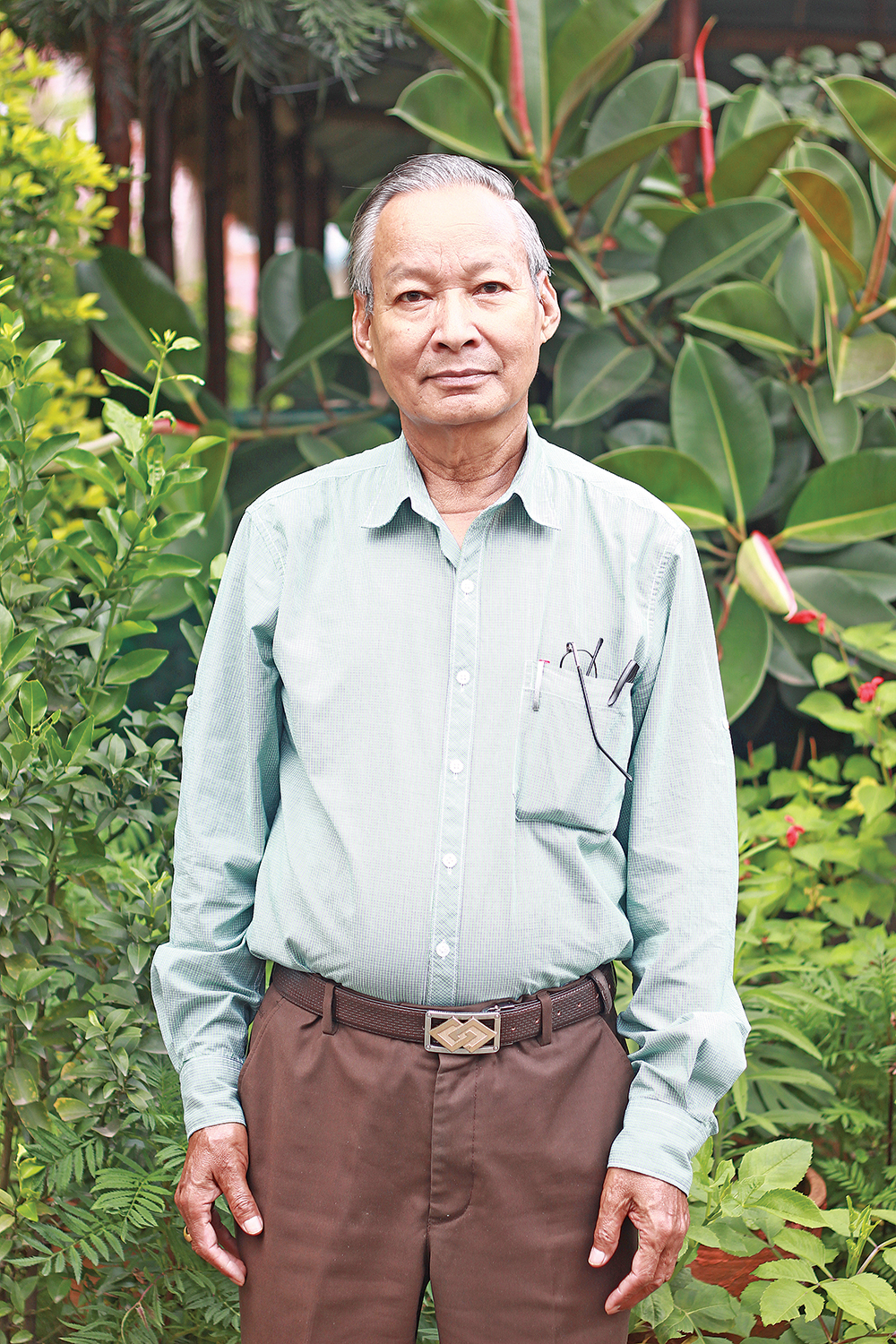
This model has been very successful. So much so that the term ‘micro-enterprise’ was first popularised by this very project in the Nepali context. The project was the first of its kind which proved that. Nepal too can create a micro enterprise model. Moreover, this is also probably for the first time that the Nepal government adopted and fully owned any of the projects launched by a donor agency. As a matter of encouragement for Nepal, this model has not only been successful in this country, it has already been internationalised as UNDP recently replicated the model and has initiated similar projects in some African countries. Many NGOs have been following the same model and have been contributing in creating micro entrepreneurs. For instance, almost all NGOs that have been launching projects in the aftermath of the earthquake have included a component called livelihood under which they aim to make communities financially independent by providing them software and hardware support, something which was established by the MEDEP.
Even though we thought that this model was first experimented in Nepal, we later found out that it had already been used in some countries like China, Vietnam and Indonesia way back. But our success rate is much higher. The survival rate of micro enterprises in those countries were limited to around 40 percent while in our case the survival rate has been recorded at 80 percent.
What’s the reason behind the success of this project?
In most cases, this project helps the rural and poor population to begin from scratch and encourages them to dream for an economically dependent and dignified life. At the national level, many of our impact studies suggest that this project has contributed in achieving at least six of the total eight Millennium Development Goals. The achieved goals include eradication of extreme hunger and poverty, achievement of primary education, promotion of gender equality, improvement in maternal health, reduction of child mortality and improvement of environment sustainability. For instance, when an uneducated woman becomes an entrepreneur, she funds her children’s education, health and nutrition. On the other hand, she herself realises dignity of life and begins to fight against gender discrimination. When we taught them to use locally available forest resources for example allo, the community people began planting herbs and tree; this contributed in the preservation of the environment.
Why does a country need entrepreneurship?
When a person becomes an entrepreneur, they also create jobs. Nepal desperately needs jobs and job creation. We have more job seekers than creators; entrepreneurship can greatly remedy this.
We say agriculture has big potential, but look at the trend. It’s simply sustenance farming. A farmer hardly works in his fields for six months a year and seeks job desperately for rest of the time. The harvest also does not suffice more than five or six months. The problem here is we lack both skilled manpower and commercial farming.
Even in the industrial sector, there is eagerness to import raw material, turn it into finished products and then export. How much value addition is there and how many jobs can this create? Trading is incomplete entrepreneurship and the result is visible in the ever growing trade deficit.
Presently the backbone of the economy has been remittance. If we take into consideration the suicide bombings in Afghanistan and internal conflict in many of the labour destinations, I think there will be a steep fall in the number of Nepalis opting for foreign jobs.
So the development of entrepreneurship is the final saviour of the national economy. No matter how big or small, we will have a production base and this will also enhance our competitive and comparative edge.
With meager production, do you think we can really achieve more in terms of trade balance?
First of all, entrepreneurship is all about dignity of life, its not only about money. Treading the unknown path is to test yourself. And this is the test of entrepreneurship.
We have many resources left unused in our communities. We do not see any meaning in them, but if we use these materials to create products that may top the list of our exports, it could be a start. Even if it’s on a small scale, it will help minimise trade deficit. It will also fulfill the present vacuum and crack a whip on the labour drain.
We also have to realise the need for large industries. But do we have the proper environment? Shall we keep lamenting the lack of proper environment for big business activities or begin doing something small? Even if the situation develops in the future what about the raw materials required by such industries? Why can’t our own production from micro enterprises be also used? This after all is what sub-contracting is all about. We would be able to include small, medium and big enterprises within the same cycle where they would be contributing to each other’s growth.
What changes have you seen in the rural socil-economic landscape since the launch of this project?
Wherever we have implemented this project, the culture of entrepreneurship has taken off. The community people trained and supported by us have established themselves as business people and as social entrepreneurs. They have been aware and conscious about the change they have seen in their lives and livelihoods and hence, today if they sense that they are receiving even small support, they are ready to initiate enterprising works. Marginalised and excluded populations have made the biggest leap. They have raised their status above the poverty line. Their lives have improved while many uneducated and ignored people have received trainings and have turned themselves into semi-skilled or skilled manpower. They have developed courage and hopes. The community support and learning programmes have developed in them a communal feeling.
What have been your major observations and findings since 1998?
The micro enterprise segment addresses the dimension of income poverty. Poor people face problems of investment and if a proper investment plan is offered to them, they can start earning. Next factor is technology which is another source of income generation. If we want to make the poor capable of starting a business, it has to be a combination of both these things.
It has also been observed that low volume yet high value best suit micro enterprises in rural areas. Take the example of apples from Jumla. The problem of transportation made production very vulnerable and expensive. We thought of the concept of dried apples and of producing subsidiary goods out of apples. Now the life cycle of the product has increased.
Another learning has been that excluded, ethnic and dalit groups and women are the most useful targets for these programmes. In fact when we began this programme, we had clearly defined that the programme should be made inclusive with 70 percent women and 30 percent ethnic population as the beneficiaries. It worked.



